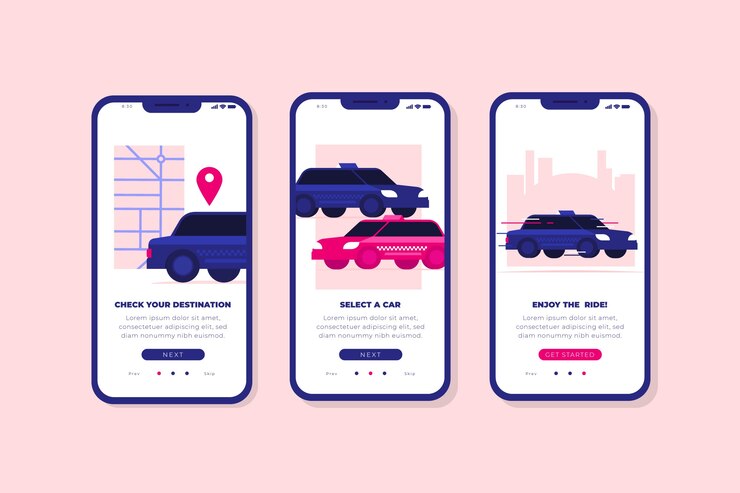Application virtualization is remote access that enables users to interact with deployed apps without having to physically install them on their devices. The concept of virtualization permeates many aspects of the current technological landscape, empowering people to access data and apps from anywhere. By adopting the best application virtualization within your own business, you can spread the benefits to your internal teams and the end users you provide.
Key Takeaways:
- Virtualization involves the use of a hypervisor that equips multiple virtual machines (VMs) with resources, allowing multiple users to access an app without installing it on their device.
- Applications may be deployed more quickly, mobilely, securely, and affordably when they are virtualized.
- Choosing to virtualize the application can be especially beneficial for large companies, companies seeking expansion, or any organization looking for lower costs.
- Gain a deeper understanding of Application Virtualization so you know when investing in this software and services is the right choice.
How does application virtualization work?
Organizations generally provide application virtualization and desktop virtualization as third-party vendor-hosted desktop-as-a-service (DaaS) models.
The software creates a VM managed by the hypervisor. The VM receives the computing resources needed to run the requested application from the physical hardware allocated by the hypervisor. Users can then remotely access the virtualized application and all its features as if it were present on their device.
Virtualization allows large numbers of users to access an application at once from anywhere, even if the installation only takes place on one server or set of servers. This is possible through cloud computing and the ability to create multiple VMs using the resources of the same server. Application virtualization and desktop virtualization are two different processes. Virtualizing the entire desktop environment through the virtual desktop infrastructure (VDI) creates a more flexible and complete desktop experience. Virtualizing specific apps is a more cost-effective solution when only those apps are in demand.
What Are The Benefits Of Application Virtualization?
The benefits of virtualizing applications are obvious from the setup phase. Installation is required only on the host server, and the deployment of the application from there only requires the distribution of the executable file to the end user. Simplicity and low resource requirements also allow easy scalability to accommodate increasing numbers of users.
Every end user can benefit from application virtualization. This concept is synonymous with portability, since practically any device can run virtualized applications, while not all devices can handle full virtual desktops. Crashes are less likely due to incompatibility between apps due to the virtual nature of access. Any problems that occur are easy to solve by support teams who can see the central location of the app.
Maintenance is a simple task where you dispose of old apps through central uninstallation. It is easy to resolve unexpected errors by reverting the affected application to an older version in the server, which will also appear in the virtual instance of the app. When an update is ready to roll out, it is only necessary to execute a single patch on the central app.
Security is another important feature of Application Virtualization. Apps running in VMs are separate from each other, as well as the source operating system. This means that any exposure to malware poses no threat to the host device or any other VM.
When Should You Use Application Virtualization?
Spiceworks research shows that virtualization technology is practically ubiquitous in business. A survey shows that 92% of companies use server virtualization, while 39% also virtualize individual applications. The number of companies adopting virtualization practices for their applications is estimated to exceed 50% in the near future.
The types of companies that increasingly adopt virtualization technology are those that have a higher number of employees. Application virtualization is an increasingly prudent solution to make tools available to large numbers of workers over long distances. You can secure your operations in the future by planning to virtualize your applications, even if you already have a large workforce or have a vision of final development.
Businesses frequently decide to virtualize their applications for the following common use cases:
- Reducing hardware provision costs
- Secure remote access permission
- Quickly deploying applications and updates for internal use
- If your company benefits from adopting some cases of everyday use for virtualization, it may be time to implement it in your IT strategy.
However, application virtualization also has some significant challenges. For example, graphics-intensive applications may not run properly on all target devices. Any app will struggle to run continuously if the end-user has an unreliable connection. Consider whether these potential shortcomings will affect your deployment before proceeding.
Conclusion
Application virtualization is a valuable technology for organizations looking to streamline application management, reduce conflicts, and improve efficiency in deployment and maintenance. It provides flexibility, scalability, and security benefits, making it a useful tool in modern IT environments.
Read More ( Click Here )




